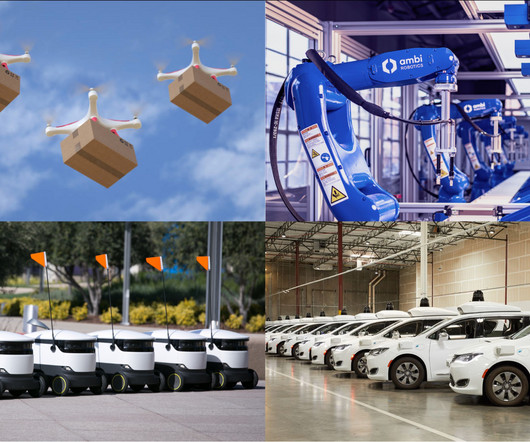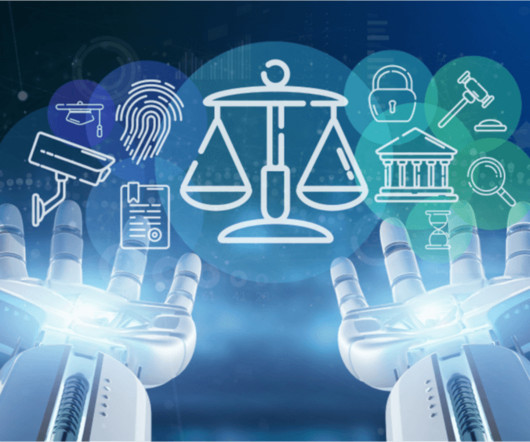Interactive Fleet Learning
BAIR
APRIL 6, 2023
Figure 1: “Interactive Fleet Learning” (IFL) refers to robot fleets in industry and academia that fall back on human teleoperators when necessary and continually learn from them over time. Continual learning. On-demand supervision enables effective allocation of limited human attention to large robot fleets.












Let's personalize your content